How Your Bedroom Might Be Ruining Your Sleep
In our fast-paced world, a good night's sleep is often elusive, yet it remains crucial for our overall well-being. While many factors can disrupt sleep, such as stress or diet, the environment where we rest plays a pivotal role. Often overlooked, our bedrooms might be the secret culprits sabotaging the peaceful slumber we crave. From lighting to technology, and even the color of our walls, numerous subtle elements can interfere with our ability to unwind and rejuvenate. This article delves into 10 sneaky ways your bedroom could be undermining your sleep, offering insights and solutions to transform your space into a sleep sanctuary.
1. The Overlooked Impact of Lighting

Lighting is a fundamental aspect of any room, but its influence on sleep is often underestimated. Exposure to artificial light, particularly blue light from screens, can disrupt our circadian rhythms, making it harder to fall asleep. Even the brightness of your bedside lamp can affect melatonin production, the hormone responsible for regulating sleep. Consider using dimmable lights or warm-toned bulbs to create a soothing atmosphere. Blackout curtains can also be invaluable in blocking out external light sources, ensuring your bedroom remains a haven of darkness conducive to restful sleep.
2. The Clutter Conundrum
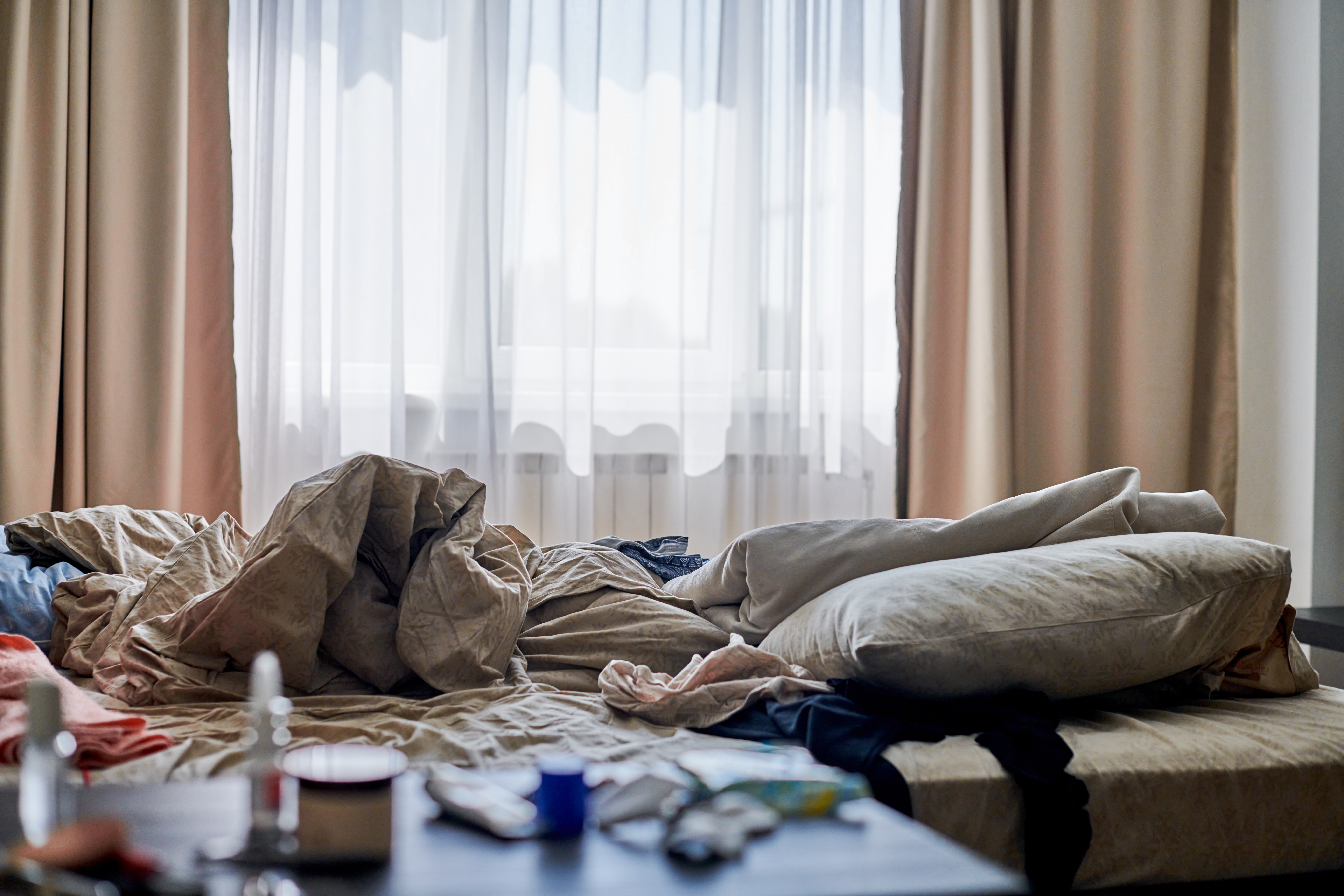
A cluttered bedroom can lead to a cluttered mind, making it difficult to relax and drift into sleep. The presence of disorganized items creates a visual reminder of tasks yet to be completed, increasing stress and anxiety levels. To combat this, adopt a minimalist approach by decluttering regularly and ensuring everything has its place. Incorporate storage solutions that keep your space tidy and serene. By maintaining an organized environment, you can foster a sense of calm that encourages a more restful night's sleep.
3. The Temperature Trap
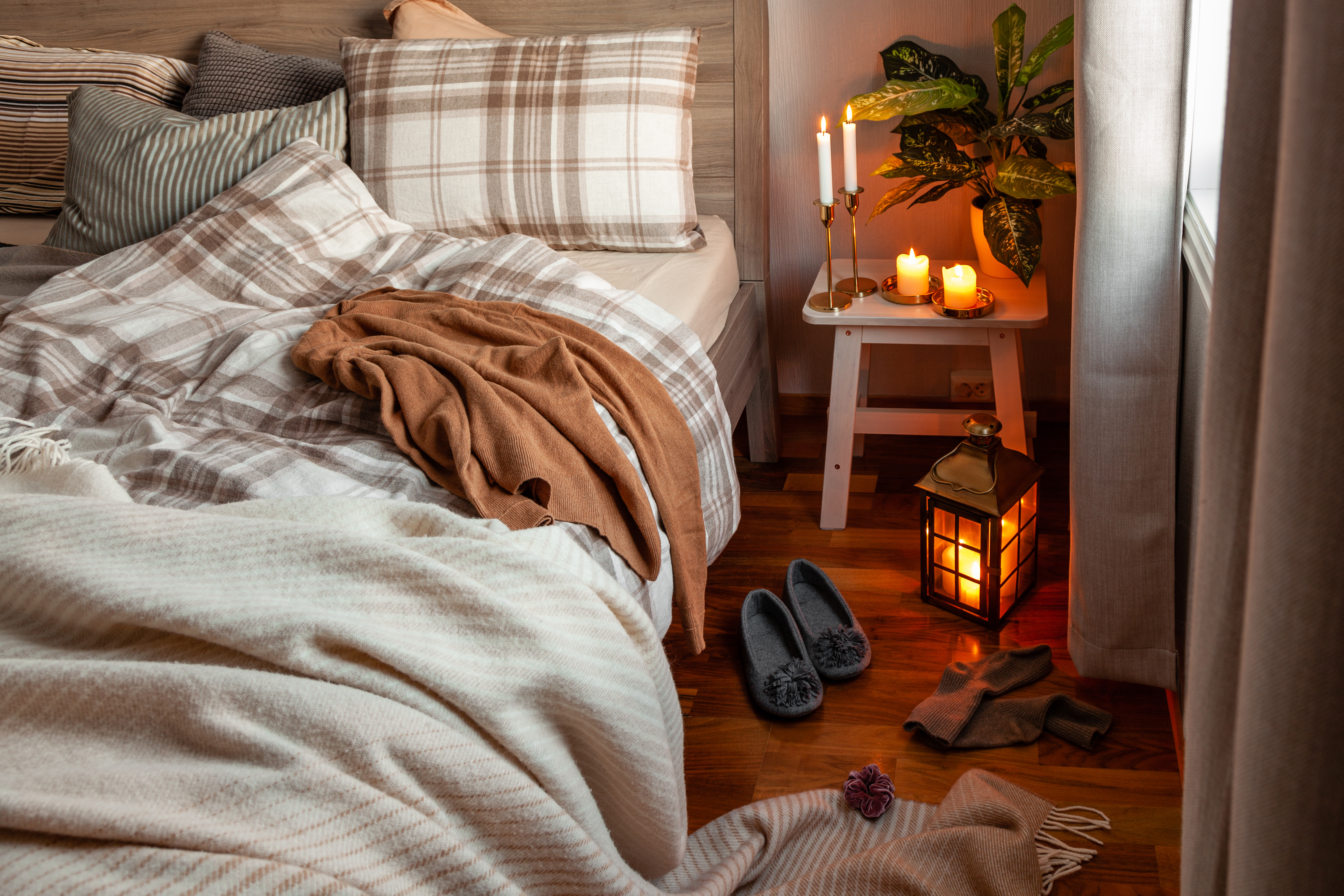
Temperature is a critical factor in achieving restful sleep, yet many overlook its importance. A room that's too hot or too cold can disrupt sleep cycles, causing frequent awakenings and restlessness. The ideal sleeping temperature is generally between 60-67 degrees Fahrenheit (15-19 degrees Celsius). Consider using a programmable thermostat to maintain this range or investing in breathable bedding materials that help regulate body temperature. By creating a comfortable thermal environment, you can enhance your sleep quality significantly.
4. The Mattress and Pillow Dilemma

The foundation of a good night's sleep lies in the comfort of your mattress and pillows. An unsuitable mattress can lead to aches and pains, while improper pillow support can cause neck strain. It's essential to choose a mattress that supports your preferred sleeping position and a pillow that aligns with your neck and spine. Regularly assess your bedding for wear and tear, replacing items as necessary to maintain optimal comfort. Investing in quality sleep surfaces can make a profound difference in your sleep health.
5. The Noise Nuisance
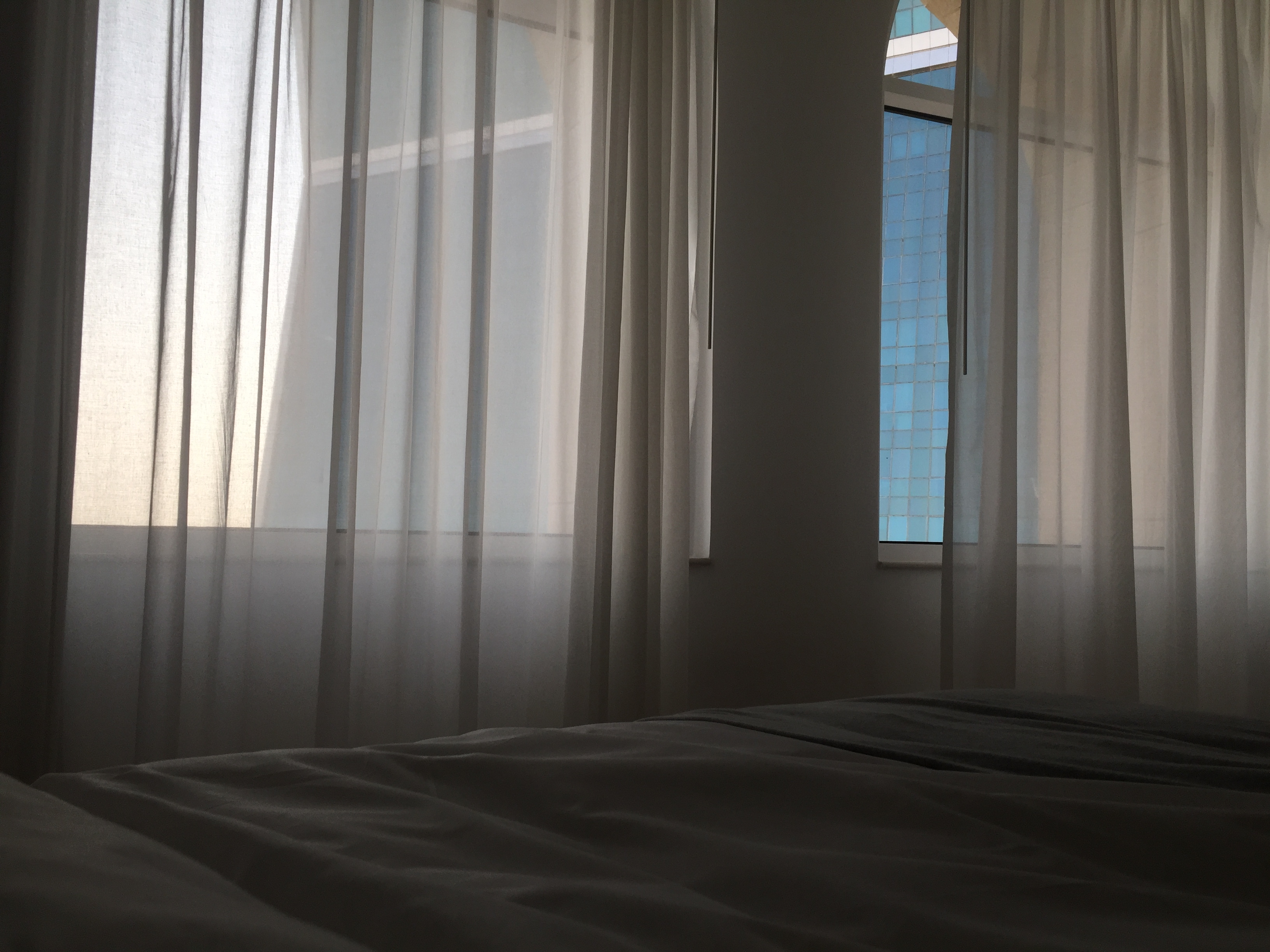
Noise pollution, whether from outside traffic or inside disturbances, can significantly impact sleep quality. Even low-level noise can prevent you from reaching the deeper stages of sleep necessary for restoration. To mitigate this, consider soundproofing your bedroom with thick curtains or carpets that absorb sound. White noise machines or earplugs can also be effective in drowning out disruptive sounds. Creating a quiet, tranquil environment is key to ensuring uninterrupted, restorative sleep.
6. The Technology Trap

In today's digital age, technology has infiltrated every aspect of our lives, including our bedrooms. The presence of electronic devices can be a major sleep disruptor, as they emit blue light and encourage mental stimulation. Establish a tech-free zone by removing TVs, laptops, and smartphones from the bedroom. Instead, create a pre-sleep routine that promotes relaxation, such as reading a book or practicing meditation. Disconnecting from technology can help signal to your brain that it's time to wind down and prepare for sleep.
7. The Color Psychology
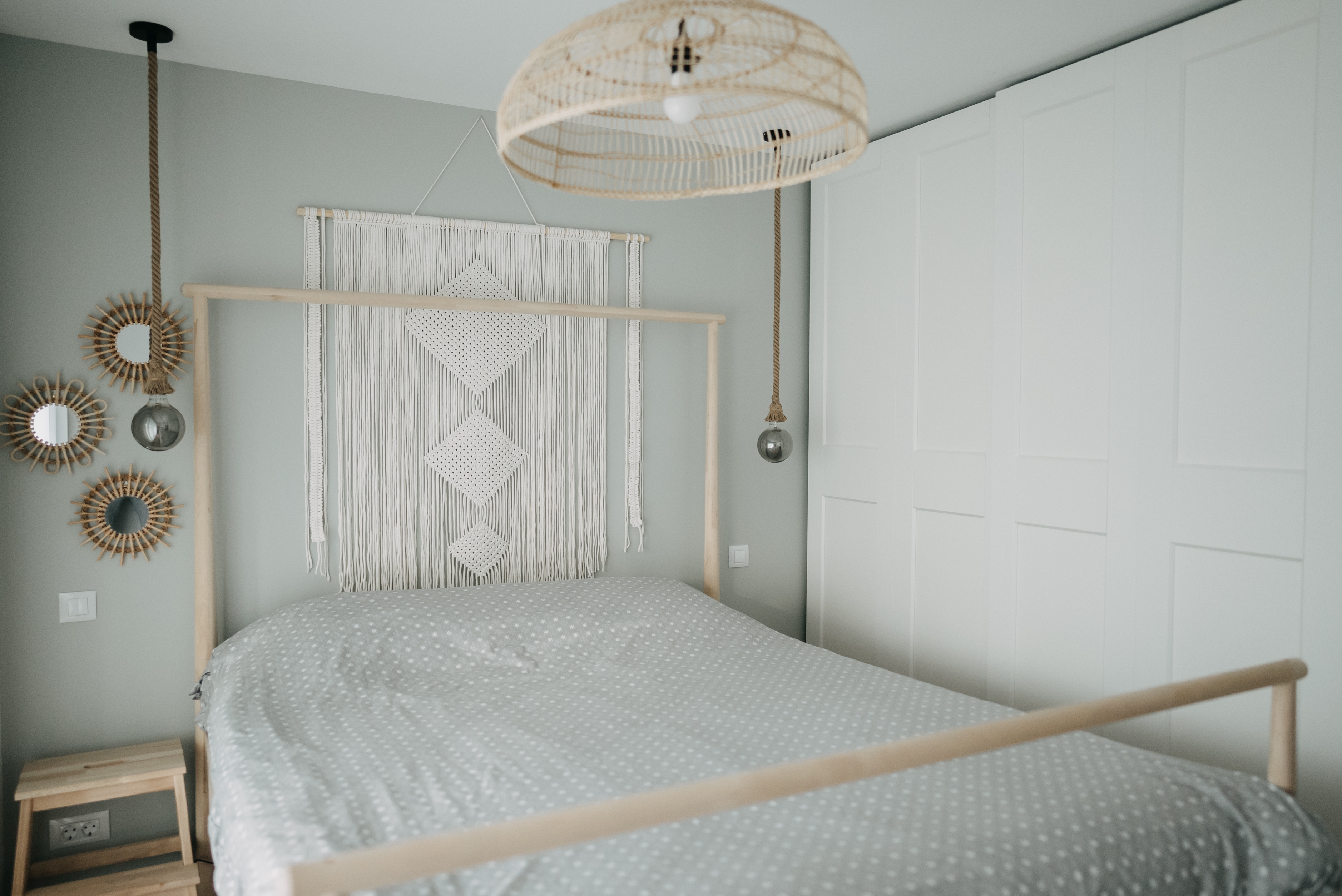
The colors in your bedroom can subtly influence your mood and sleep patterns. Bright, stimulating colors like red or orange can increase energy levels, making it harder to relax. Opt for calming hues such as blues, greens, or soft neutrals that promote tranquility and peace. These colors can help lower heart rates and blood pressure, setting the stage for a restful night's sleep. By thoughtfully selecting your bedroom's color palette, you can create an environment that naturally encourages relaxation and slumber.
8. The Air Quality Quandary
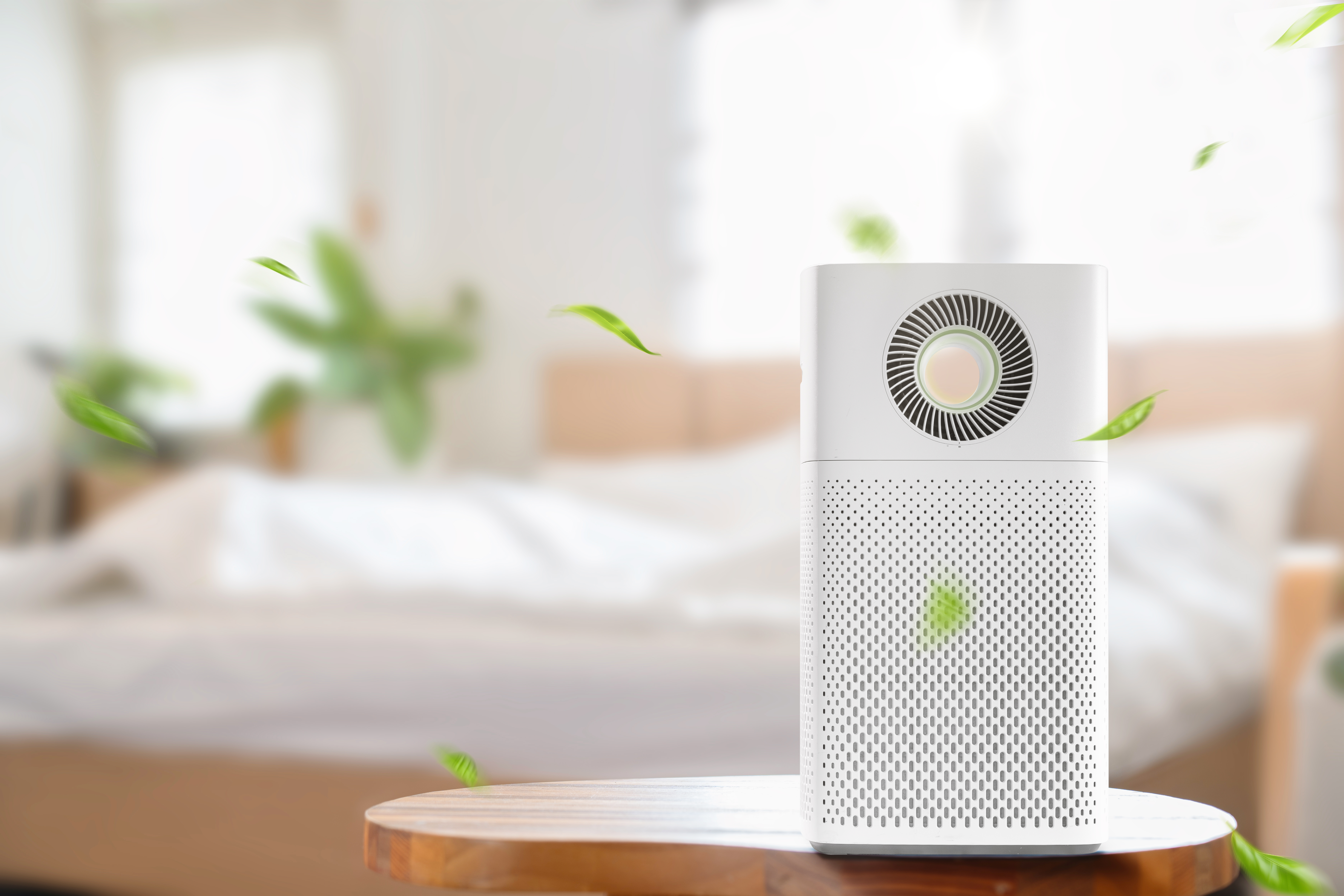
Poor air quality in your bedroom can lead to respiratory issues and discomfort, hindering your ability to sleep soundly. Dust, allergens, and pollutants can accumulate over time, affecting the air you breathe. Regularly clean and vacuum your bedroom, and consider using an air purifier to maintain a healthy environment. Introducing houseplants can also improve air quality by absorbing toxins and releasing oxygen. By ensuring clean, fresh air in your bedroom, you can enhance your overall sleep experience.
9. The Influence of Scents
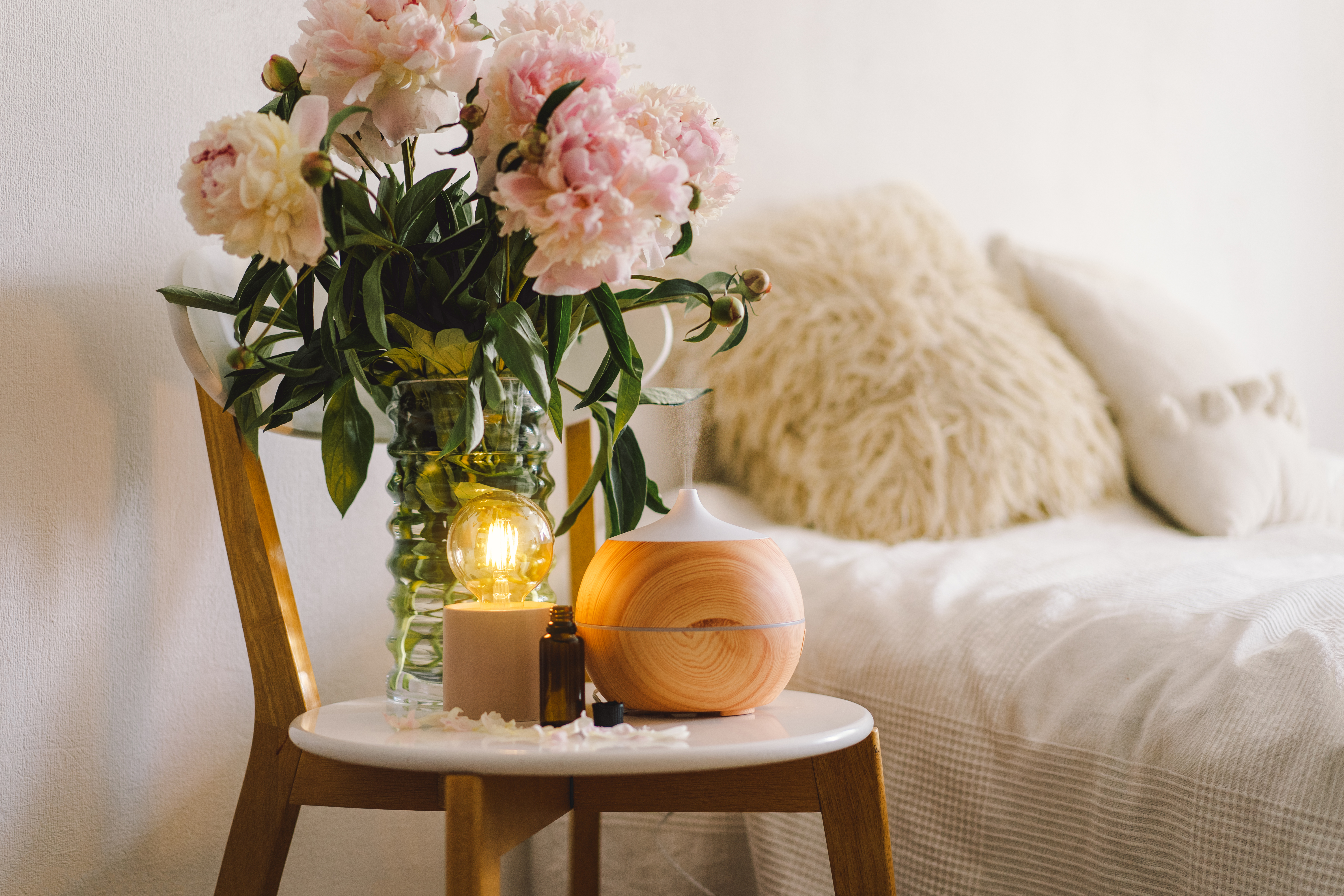
Aromas can have a profound effect on our ability to relax and sleep. Certain scents, such as lavender or chamomile, are known for their calming properties and can help reduce stress and anxiety. Using essential oils or scented candles can create a soothing atmosphere that promotes sleep. However, be cautious with strong or artificial fragrances, as they can be overwhelming or irritating. By incorporating natural, gentle scents into your bedroom, you can create a sensory environment conducive to restful sleep.
10. The Role of Personal Space
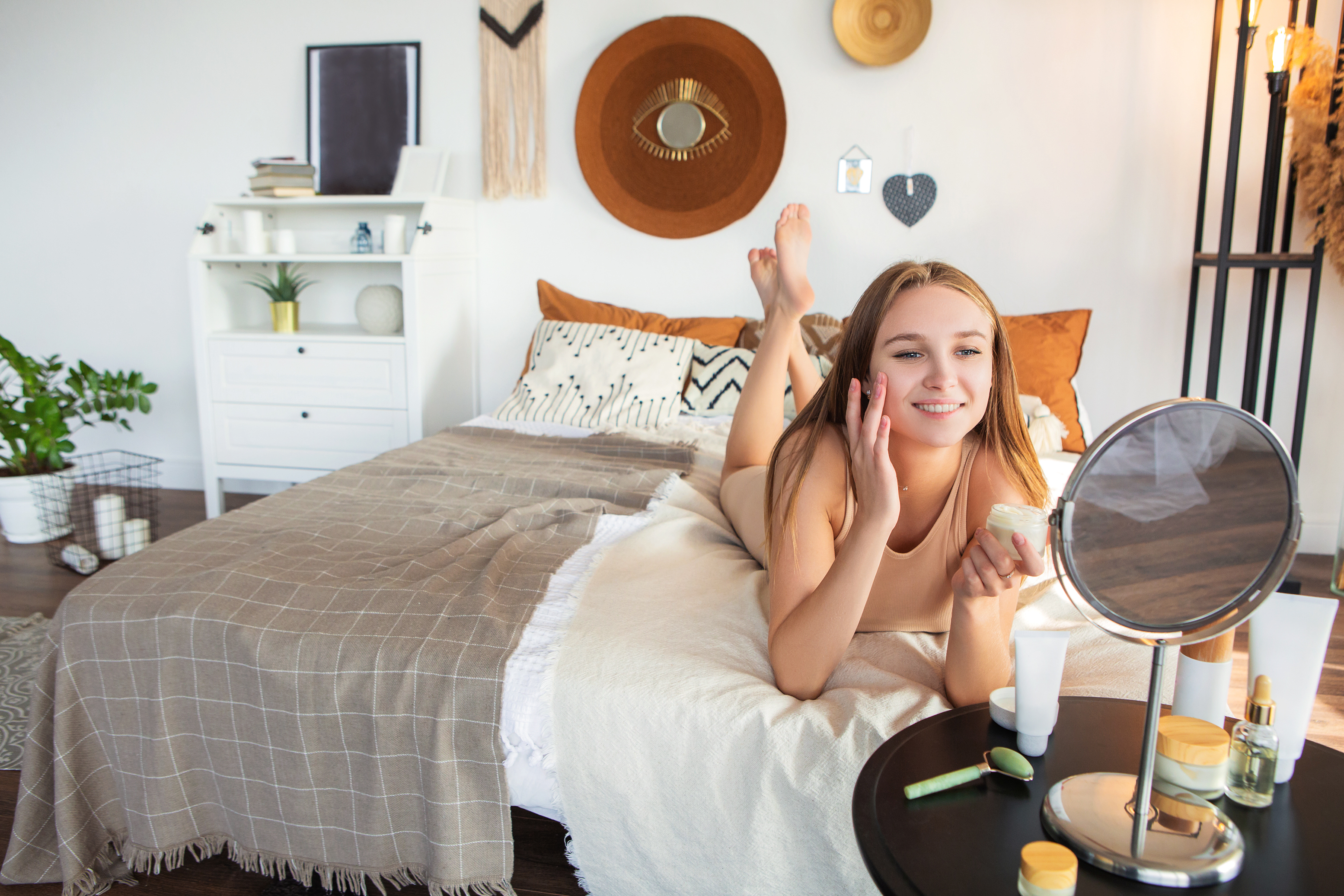
Your bedroom should be a personal sanctuary that reflects your tastes and provides comfort. However, if it feels impersonal or uninviting, it can affect your sense of peace. Personalize your space with items that bring joy and relaxation, such as photos, art, or cozy textiles. Ensure the layout is functional and inviting, allowing for easy movement and a sense of openness. By creating a bedroom that feels uniquely yours, you can foster a sense of security and contentment that enhances your sleep quality.
Crafting Your Sleep Sanctuary
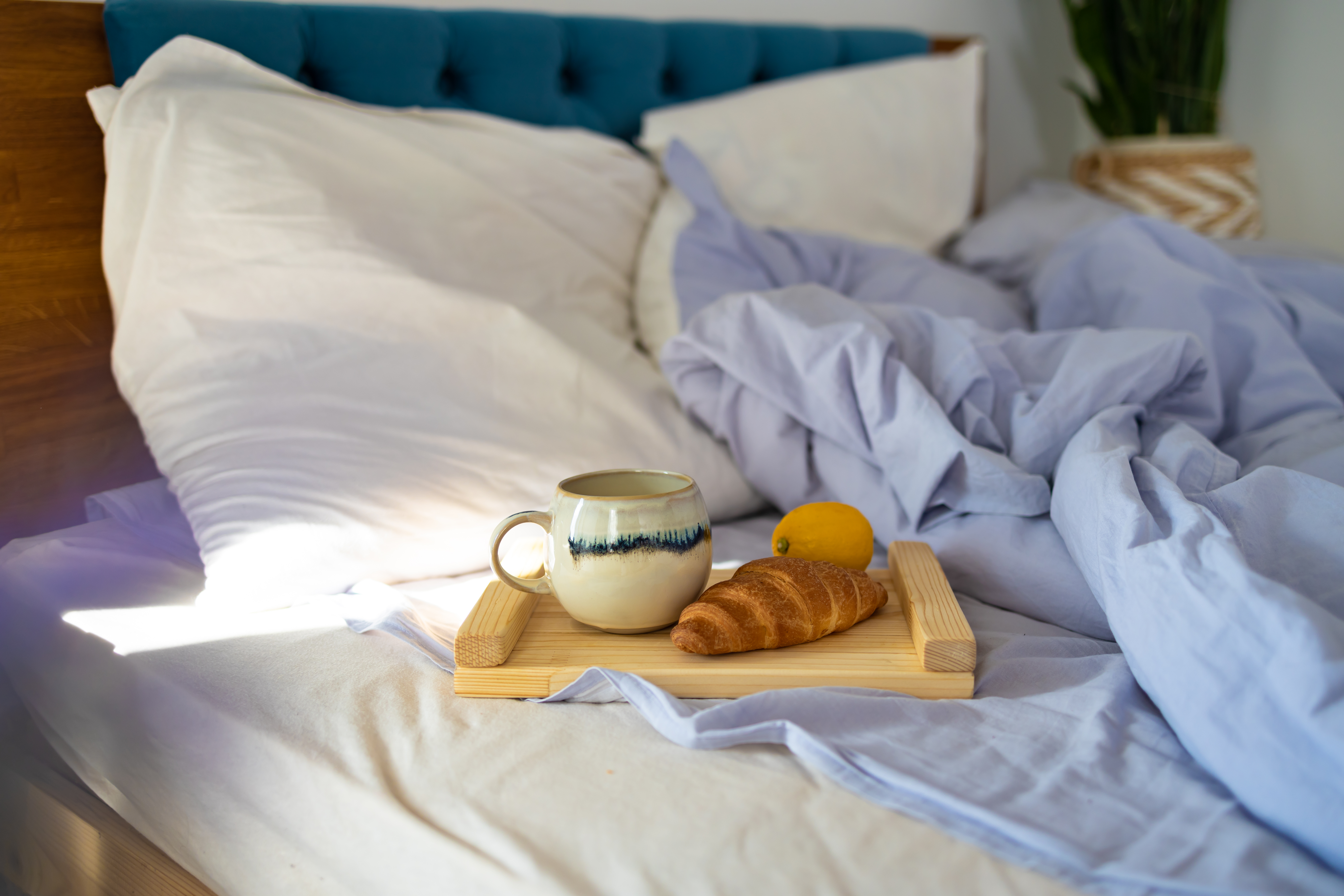
Achieving peaceful sleep requires more than just a comfortable bed; it involves creating an environment that supports rest and relaxation. By addressing the sneaky ways your bedroom might be sabotaging your sleep—from lighting and noise to clutter and air quality—you can transform your space into a true sanctuary. Each element, when carefully considered, contributes to a holistic approach to sleep health. With intentional changes, you can cultivate a bedroom that not only meets your aesthetic desires but also nurtures the deep, restorative sleep you need to thrive.